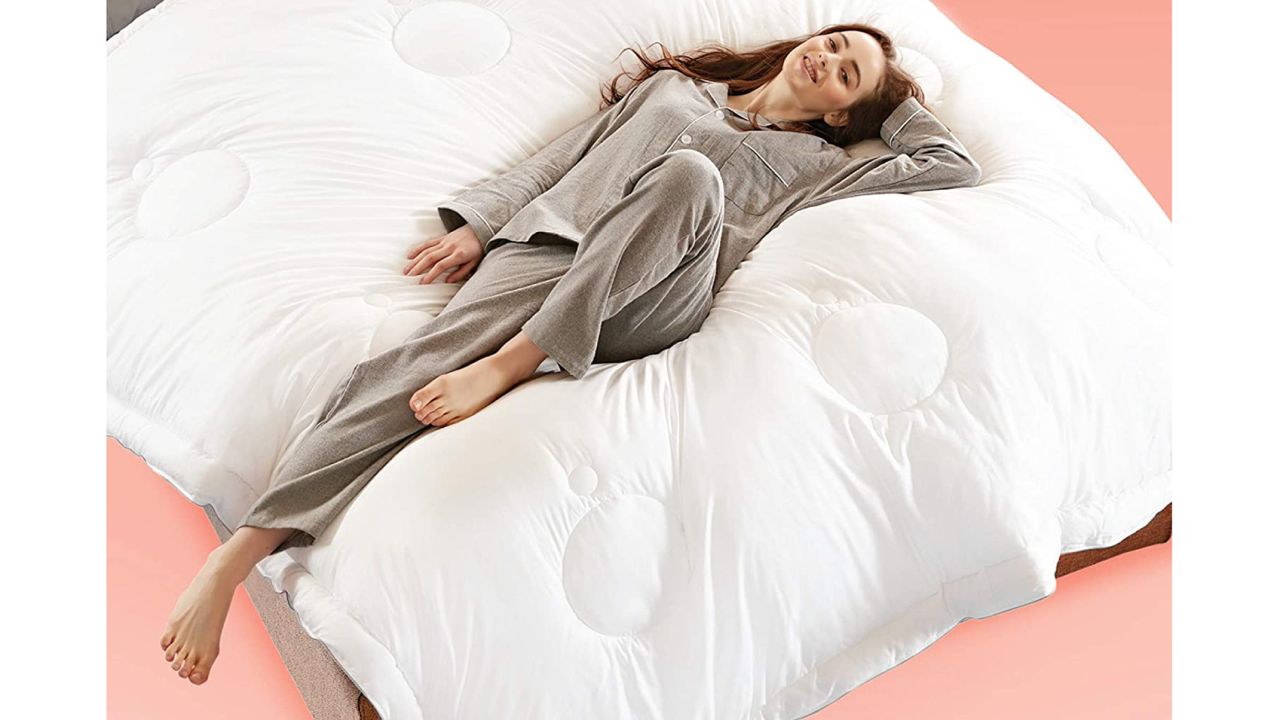Outline of the Article
- Introduction to Hot Bunking
- History of Hot Bunking
- How Hot Bunking Works
- Pros of Hot Bunking
- Cons of Hot Bunking
- Hot Bunking in Different Industries
- Safety Measures in Hot Bunking
- Tips for Effective Hot Bunking
- Hot Bunking vs. Traditional Sleeping Arrangements
- Hot Bunking and Productivity
- Psychological Impact of Hot Bunking
- Hot Bunking in the Military
- Hot Bunking in Maritime Operations
- Hot Bunking in Space Exploration
- Conclusion
Hot Bunk: A Deep Dive into the Practice
Hot bunking, also known as hot racking or hot bedding, is a practice where individuals share sleeping quarters but use the same bed in shifts. This unique sleeping arrangement has been adopted in various settings, from military vessels to space stations, to optimize space and resources. In this article, we’ll explore the history, workings, pros, cons, and applications of hot bunking, shedding light on its significance in different industries.
Introduction to Hot Bunking
Hot bunking has long been utilized in environments where space is limited and operational efficiency is paramount. It involves individuals sharing sleeping quarters, with one person occupying the bed while the other is on duty or otherwise engaged. The concept revolves around maximizing the utilization of sleeping spaces, especially in confined environments like submarines, military barracks, and space habitats.
History of Hot Bunking
The origins of hot bunking can be traced back to maritime practices, particularly in the navy, where sailors shared hammocks or bunks in crowded ships. The rationale behind hot bunking was to accommodate more crew members within limited space without compromising rest and operational readiness. Over time, this practice found its way into other industries facing similar spatial constraints.
How Hot Bunking Works
Hot bunking operates on a rotational basis, where individuals alternate their use of sleeping quarters. Typically, each person has a designated time slot during which they occupy the bed, while the other individual is either on duty, working, or engaged in other activities. This cycle ensures that the sleeping space is constantly utilized without the need for additional beds.
Pros of Hot Bunking
One of the primary advantages of hot bunking is its ability to optimize space and resources, especially in environments where square footage is at a premium. By sharing beds in shifts, organizations can accommodate more individuals without expanding sleeping quarters. Additionally, hot bunking promotes a sense of camaraderie and teamwork among participants, fostering closer bonds and collaboration.
Cons of Hot Bunking
Despite its benefits, hot bunking poses certain challenges and drawbacks. Sharing beds can lead to hygiene concerns and discomfort, particularly if individuals have different sleep schedules or habits. Moreover, the lack of personal space and privacy may affect individuals’ overall well-being and productivity. Additionally, concerns regarding the spread of infections and diseases in close quarters are prevalent in hot bunking environments.
Hot Bunking in Different Industries
Hot bunking finds application in various industries beyond the military, including maritime operations, space exploration, and remote mining camps. In these settings, where space is limited and operational efficiency is critical, hot bunking offers a practical solution to accommodation challenges. From oil rigs to research vessels, hot bunking enables organizations to optimize their resources and enhance operational readiness.
Safety Measures in Hot Bunking
Safety protocols are essential in hot bunking environments to mitigate risks and ensure the well-being of participants. Adequate ventilation, sanitation, and hygiene practices are crucial to prevent the spread of illnesses and maintain a healthy living environment. Additionally, organizations must implement stringent fire safety measures and emergency procedures to address potential hazards associated with shared sleeping quarters.
Tips for Effective Hot Bunking
To maximize the benefits of hot bunking, participants can adopt several strategies to enhance comfort and efficiency. Establishing clear communication and scheduling protocols helps coordinate bed usage and minimize conflicts. Additionally, maintaining personal hygiene and cleanliness contributes to a healthier sleeping environment. Investing in quality bedding and mattresses can also improve sleep quality and overall satisfaction.
Hot Bunking vs. Traditional Sleeping Arrangements
Compared to traditional sleeping arrangements, hot bunking offers distinct advantages and trade-offs. While it enables organizations to accommodate more individuals within limited space, it may compromise privacy and personal comfort. Traditional sleeping arrangements, on the other hand, provide individuals with dedicated sleeping quarters but require more space and resources.
Hot Bunking and Productivity
The impact of hot bunking on productivity depends on various factors, including the nature of the environment and the individuals involved. While sharing sleeping quarters can foster teamwork and camaraderie, it may also lead to disruptions and conflicts if not managed effectively. Organizations must strike a balance between optimizing space and ensuring the well-being and productivity of participants.
Psychological Impact of Hot Bunking
The psychological effects of hot bunking vary from person to person and depend on individual preferences and coping mechanisms. While some individuals may adapt well to the communal living arrangement, others may experience stress or discomfort due to the lack of privacy and personal space. Organizations must prioritize the mental well-being of participants and provide support systems to address any challenges or concerns.
Hot Bunking in the Military
Hot bunking has been a longstanding practice in the military, particularly in naval operations, where space constraints are inherent to maritime environments. Sailors aboard submarines and ships often share bunks in shifts to optimize space and ensure operational readiness. The discipline and teamwork fostered by hot bunking contribute to the effectiveness of military units in challenging environments.
Hot Bunking in Maritime Operations
In maritime operations, hot bunking plays a crucial role in maximizing the efficiency of crew accommodations aboard vessels. Whether it’s a cargo ship, tanker, or research vessel, hot bunking enables organizations to accommodate a larger crew without compromising operational capabilities. The rotation of sleeping quarters ensures that crew members remain rested and alert during long voyages at sea.
Hot Bunking in Space Exploration
Space exploration presents unique challenges in terms of accommodation and resource management. Hot bunking has been adopted in space habitats and stations to optimize living space and conserve resources. Astronauts aboard the International Space Station (ISS) often share sleeping quarters in shifts, ensuring that crew members have adequate rest while maximizing the utilization of limited space.
Conclusion
Hot bunking is a pragmatic solution to accommodation challenges in environments where space is limited and operational efficiency is paramount. Whether in the military, maritime operations, or space exploration, hot bunking enables organizations to optimize resources and enhance operational readiness. By understanding its history, workings, pros, and cons, we can appreciate the significance of hot bunking in diverse industries.
Unique FAQs
- Is hot bunking safe? Hot bunking can be safe when proper hygiene and safety protocols are followed. Organizations must implement measures to mitigate risks and ensure the well-being of participants.
- How do you schedule hot bunking rotations? Hot bunking rotations are typically scheduled based on duty shifts and operational requirements. Clear communication and coordination are essential to ensure smooth transitions and minimize disruptions.
- Can hot bunking affect sleep quality? Sharing sleeping quarters can potentially affect sleep quality due to noise, disruptions, and differences in sleep schedules. However, with proper planning and adaptation, individuals can mitigate these effects and maintain adequate rest.
- Are there alternatives to hot bunking? While hot bunking is a practical solution in certain environments, alternatives such as modular sleeping quarters or flexible work schedules may be viable options depending on the specific needs and constraints of the organization.
- How can organizations address privacy concerns in hot bunking environments? Organizations can address privacy concerns in hot bunking environments by implementing measures such as partitioned sleeping areas, designated personal spaces, and confidentiality protocols to respect individuals’ privacy and dignity.




